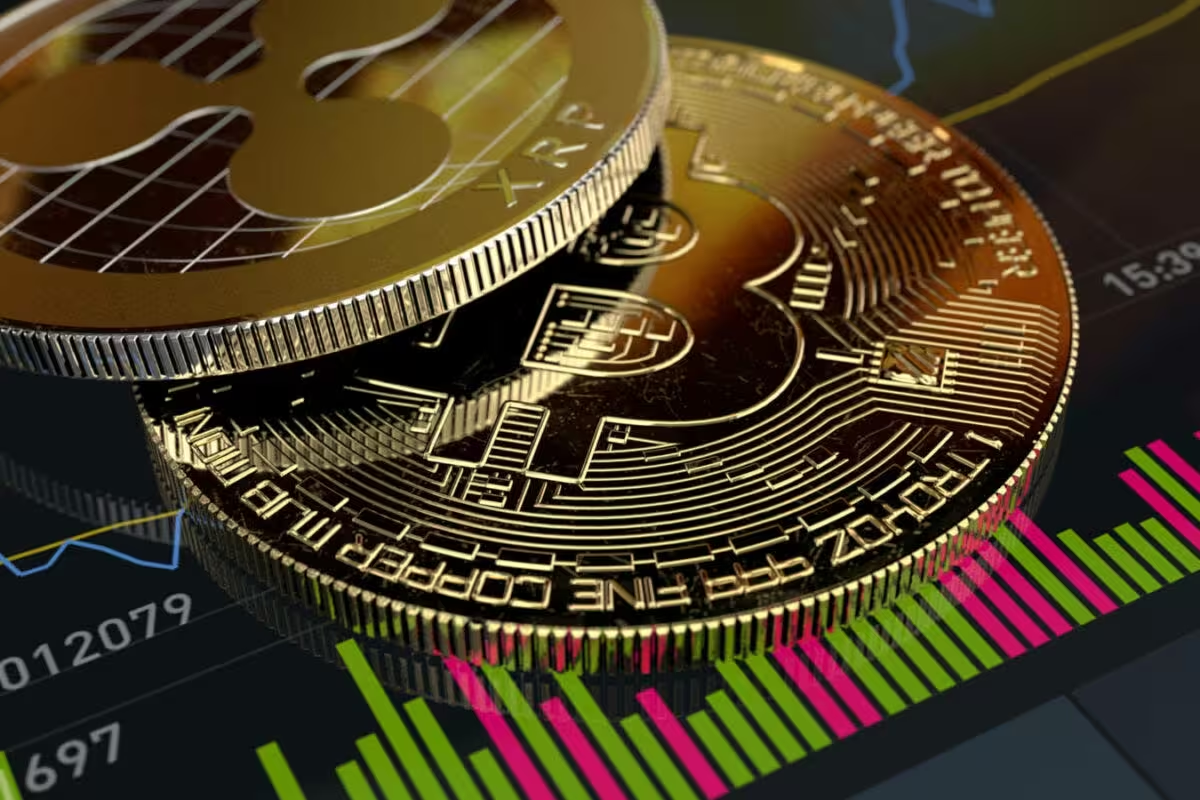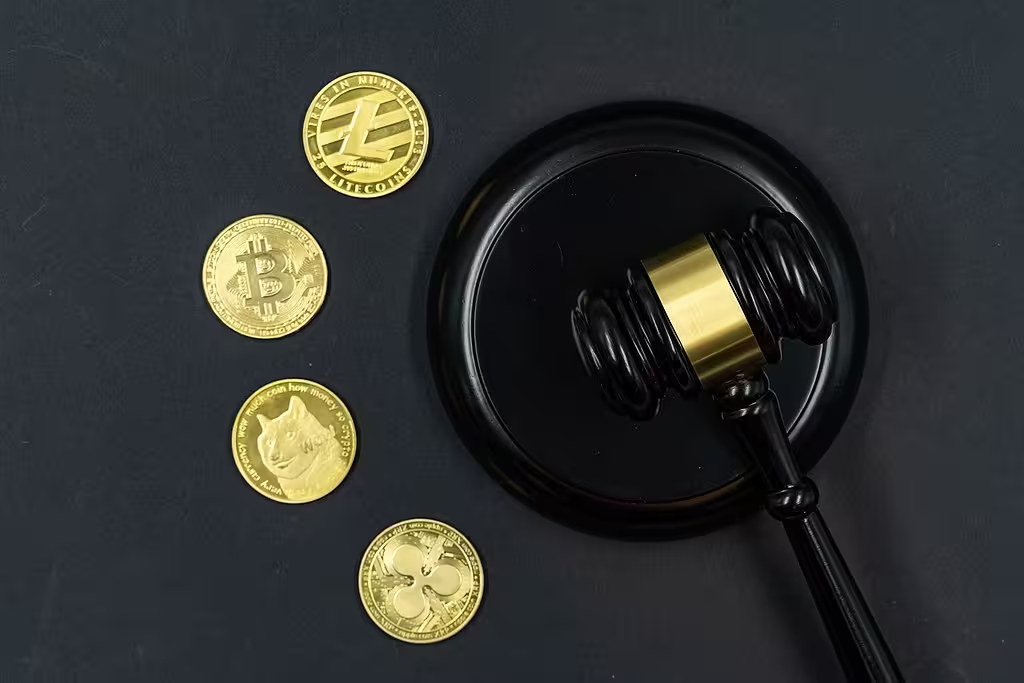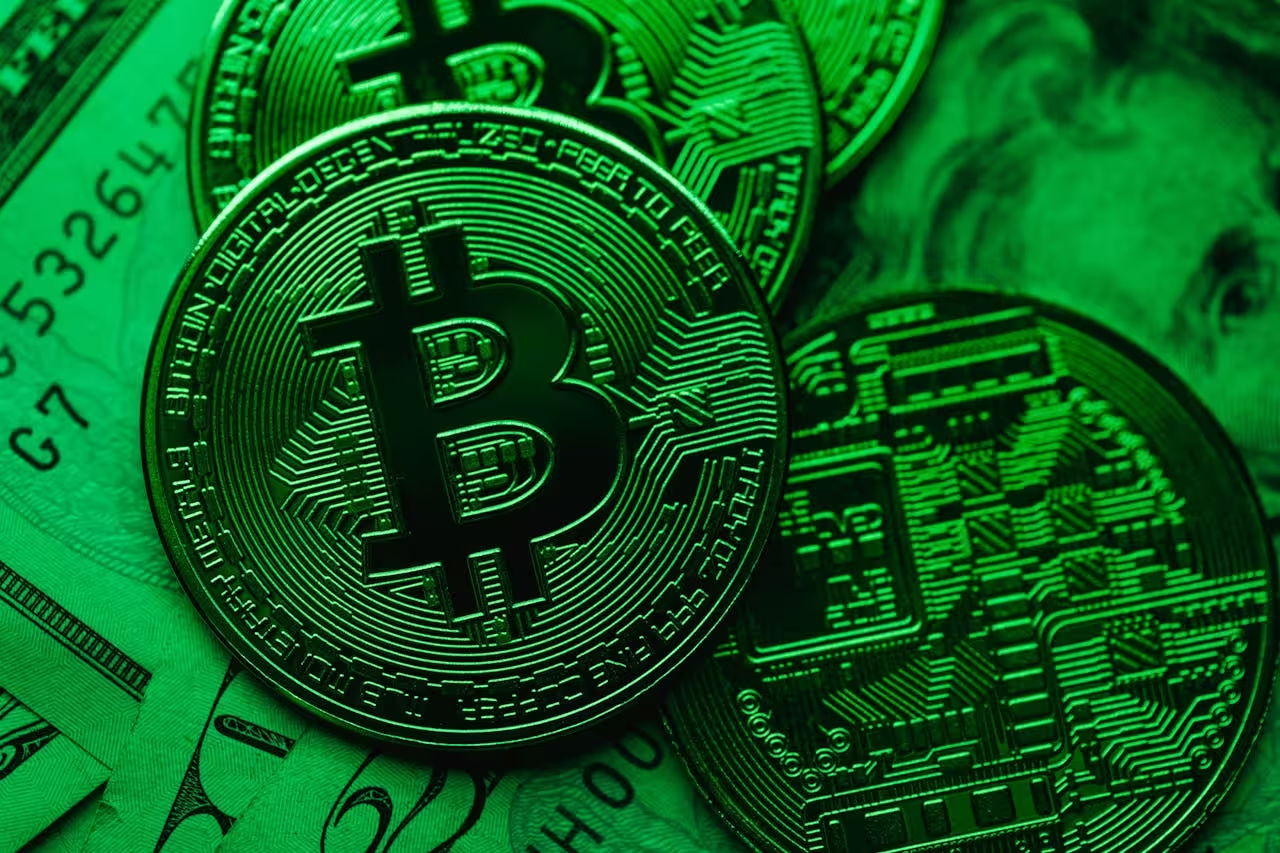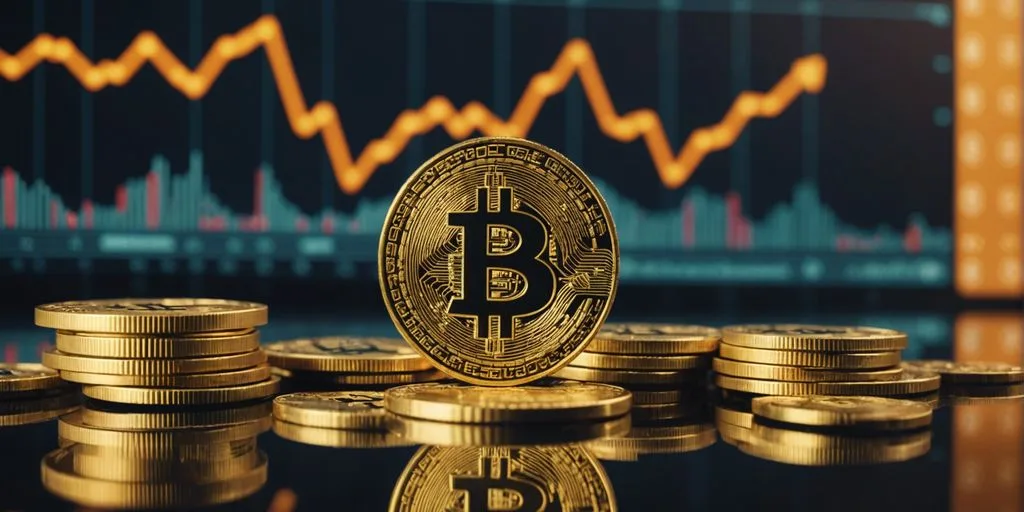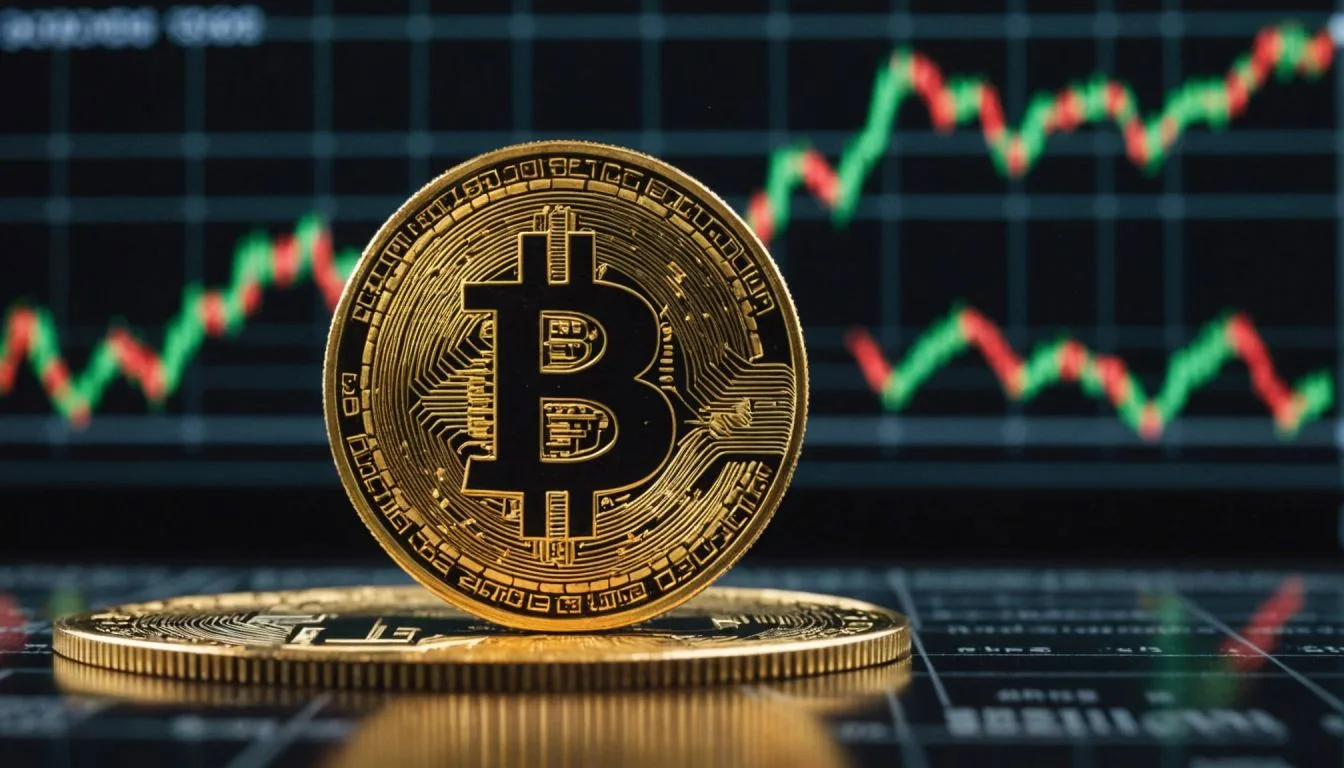Category: Market
Regulatory Changes in Cryptocurrency for 2024: An In-Depth Overview
Cryptocurrency has been a disruptive force in global finance, prompting significant regulatory responses worldwide. As the landscape continues to evolve,…
Navigating the Crypto Waves: Key Trends and Insights for July 2024
The cryptocurrency landscape is as dynamic as ever, with significant developments shaping the market. Here’s a comprehensive look at the…
Bitcoin Price Eyes $90,000 Takeoff as Whales Gobble Up BTC
The cryptocurrency market is buzzing with anticipation as Bitcoin’s price eyes a significant surge to $90,000. Key players in this…
Floki Inu Soars 16%: Are Meme Coins About to Make You Rich (Again)?
In the ever-evolving world of cryptocurrencies, meme coins have once again captured the spotlight with their unpredictable yet impressive performances.…
Crypto Cash Floods In: Fund Inflows Top $15 Billion in 2024
The cryptocurrency market is experiencing a significant shift as fund inflows surpass $15 billion in 2024. This surge is primarily…
Everyone’s Sleeping on These Meme Coins – Here’s Why You Shouldn’t
In recent years, meme coins have taken the cryptocurrency world by storm, driven by social media buzz and celebrity endorsements.…
Will $4.7B Bitcoin Options Expiry Trigger Market Volatility Today?
Today marks a significant event in the cryptocurrency market as $4.7 billion worth of Bitcoin options are set to expire.…
Gemini Repays $2.18 Billion in Digital Assets to Earn Program Users
Gemini, a prominent cryptocurrency exchange, has announced a significant milestone in its financial recovery efforts by repaying $2.18 billion in…
Cryptocurrency Rally on Hold? Bitcoin & Ether Cool After US Regulatory Move
The cryptocurrency market is experiencing a cooling period following recent regulatory moves in the United States. Both Bitcoin and Ether,…
